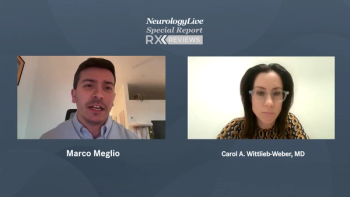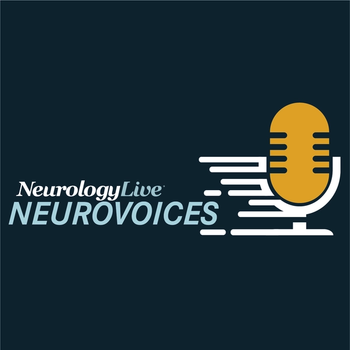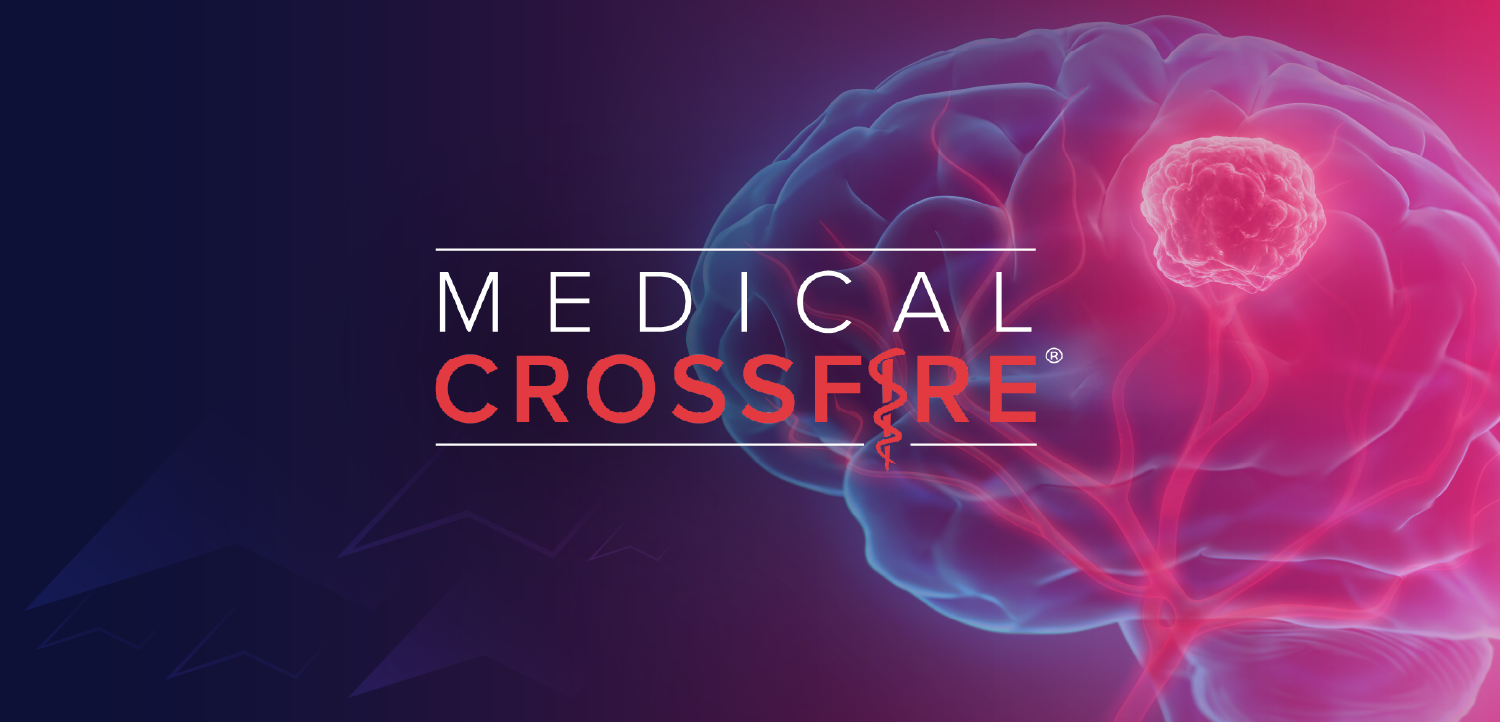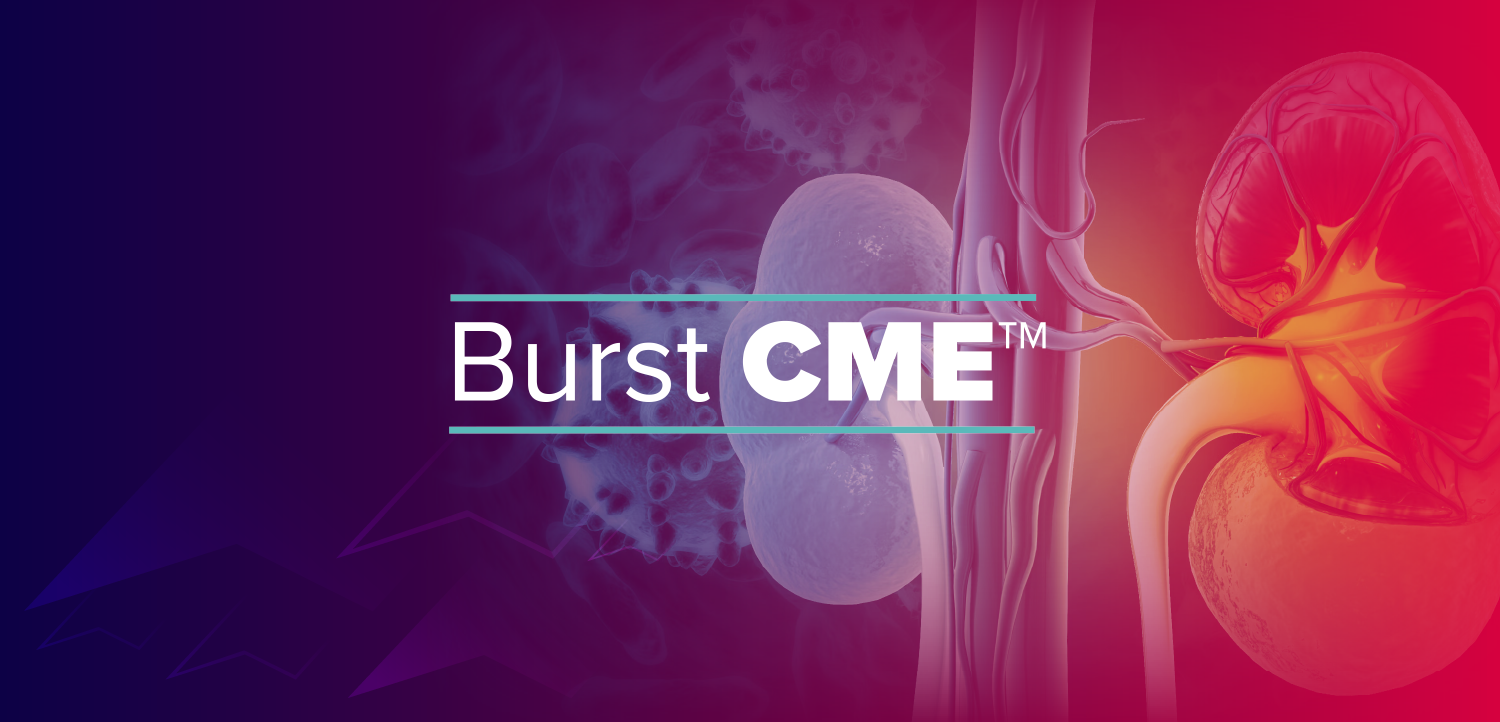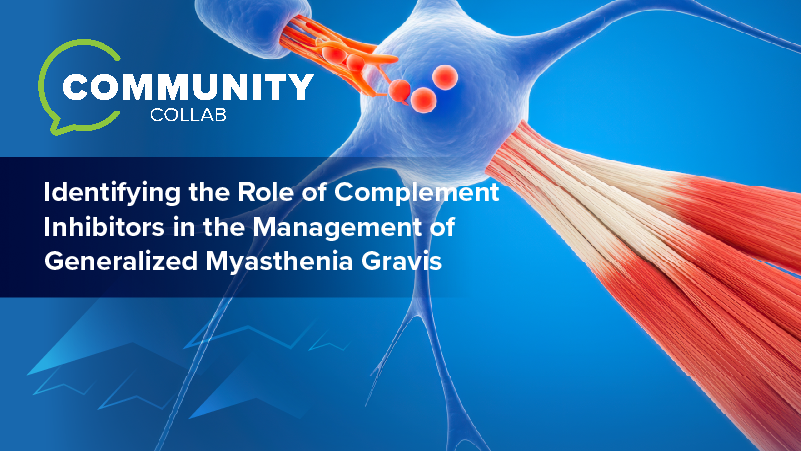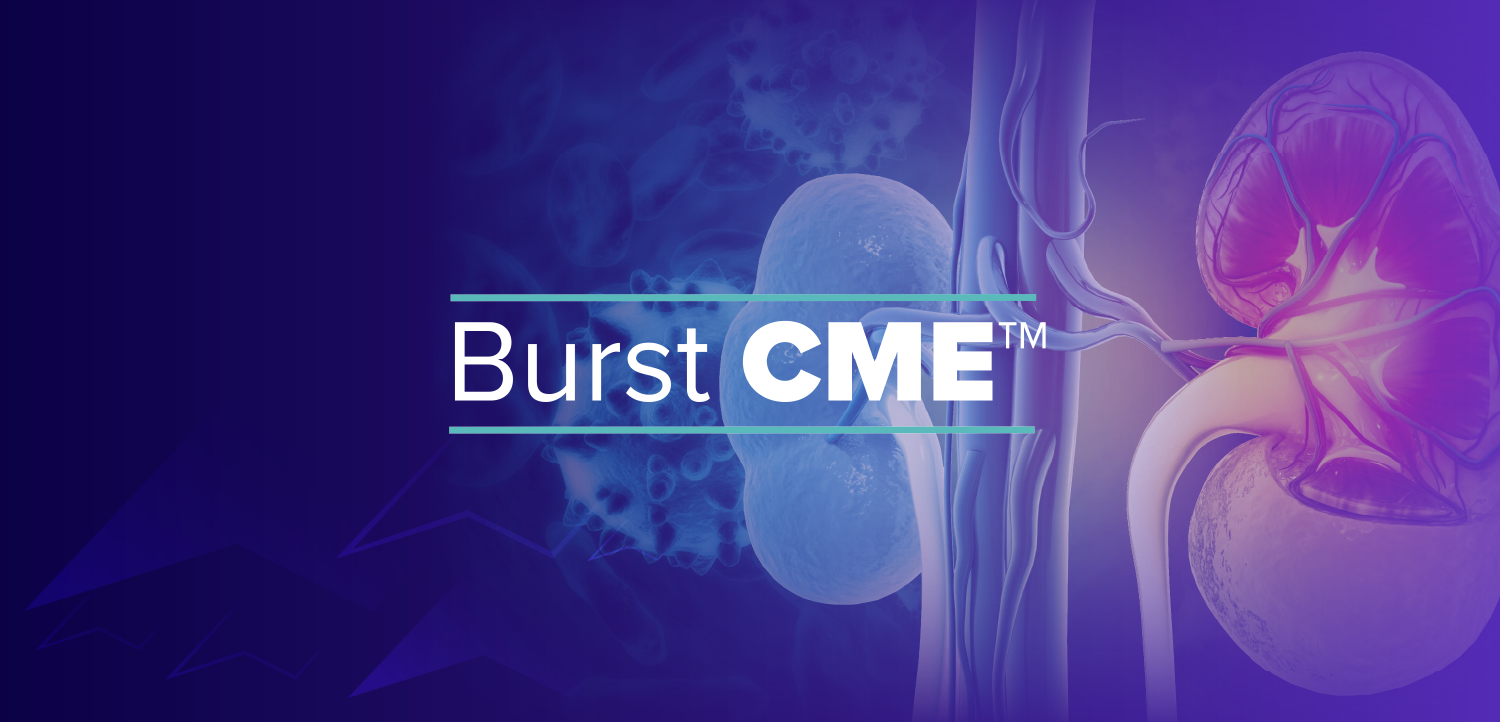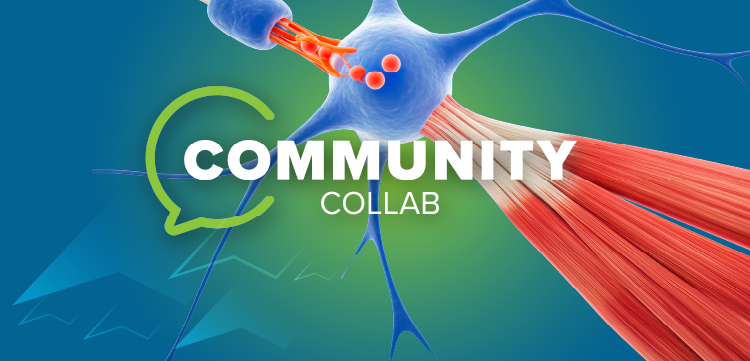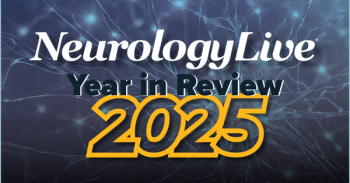
FDA Approves FcRn Blocker Nipocalimab for Broad Forms of Generalized Myasthenia Gravis
Key Takeaways
- Nipocalimab, an FcRn blocker, is approved for gMG in patients 12+ with anti-AChR or anti-MuSK antibodies.
- The VIVACITY-MG3 study showed significant improvements in MG-ADL and QMG scores with nipocalimab.
Administered intravenously in a single-dose vial, nipocalimab becomes the second FDA-approved therapy for common forms of generalized myasthenia gravis, and the first for younger patients living with the disease.
The FDA has approved Johnson & Johnson’s nipocalimab, marketed as Imaavy, as a new treatment for adults and pediatric patients aged 12 years and older with generalized myasthenia gravis (gMG) who are anti-acetylcholine receptor (AChR) or anti-muscle-specific kinase (MuSK) antibody positive.1
Nipocalimab, an FcRn blocking therapy, is supplied as a 300 mg/1.62 mL and a 1200 mg/6.5 mL (185 mg/mL) single-dose vial per carton for intravenous injection. Before starting treatment, patients are advised to talk to their healthcare provider if they have ever had an allergic reaction to nipocalimab, have or had any recent infections or symptoms of infection, have recently received or scheduled to receive an immunization, and are pregnant, planning to become pregnant, or are breastfeeding.
With the approval, Johnson & Johnson announced a U.S.-based, patient support program called IMAAVY withMe, which helps commercially insured patients prescribed with nipocalimab to receive their first treatment in as quickly as 1 week with payment nearing $0 per infusion. Nipocalimab still remains under review by several other regulatory authorities worldwide, although answers could come in the next few months.
"We consistently hear from individuals living with myasthenia gravis who are hopeful for new treatment options that may help bring greater stability, independence and predictability to their lives," Samatha Masterson, president and chief executive officer at Myasthenia Gravis Foundation of America, said in a statement.1 "Today's announcement provides another option which could help address the constant uncertainty and heavy physical and mental toll that MG symptom relapse presents to patients and their families."
Findings from the ongoing, phase 3 VIVACITY-MG3 study (NCT04951622), a double-blind, placebo-controlled trial, served as the basis for the approval. The 24-week trial featured 199 adult patients with antibody positive or negative gMG who had insufficient response to ongoing standard-of-care (SOC) therapy. In the study, participants were randomly assigned 1:1 to either nipocalimab plus current SOC (30 mg/kg IV loading dose followed by 15 mg/kg every 2 weeks) or placebo plus current SOC.
All told, data from the study showed a 4.70-point improvement in Myasthenia Gravis-Activities of Daily Living (MG-ADL) score, the primary end point, for those on nipocalimab. In comparison, this was significantly more than the 3.25-point improvement from baseline observed in the placebo plus SOC group over weeks 22, 23, and 24 (P = .002). Additionally, those on nipocalimab plus SOC demonstrated a significant improvement in Quantitative Myasthenia Gravis (QMG) score, a secondary end point, over placebo through weeks 22 and 24 (P <.001). These findings were also coupled with enhancements in strength and function of different muscle groups.2
"The clinical results we've seen with IMAAVY represent a significant milestone in the treatment of gMG," Nicholas J. Silvestri, MD, professor of neurology at the University of Buffalo, said in a statement.1 "Patients experienced substantial symptom relief and lasting disease control that translated into better daily function and did not fade over 24 weeks in the pivotal Vivacity-MG3 study. Having a treatment that delivers this level of durable symptom stability is a meaningful step forward for managing a complex and unpredictable disease like gMG, and to have it in both AChR+ and MuSK+ adults and pediatric patients 12 years and older brings an additional FcRn treatment to a broader range of patients."
With the approval, nipocalimab becomes the second agent on the market for both common subtypes of gMG, following the
Data from a phase 2/3 study called VIBRANCE-MG (NCT05265273) provided additional support validating nipocalimab as a treatment for adolescents with gMG. The small-scale study, featured 7 adolescents aged 12-18 who were given nipocalimab as a 30 mg/kg IV loading dose followed by 15 mg/kg IV every 2 weeks. All told, the therapy met its primary end point, as treated patients demonstrated a statistically significant reduction in total serum immunoglobulin over the 24-week treatment period. Overall, the mean percent change for total serum IgG was –68.98% (SD, 7.561).3,4
REFERENCES
1. Johnson & Johnson receives FDA approval for IMAAVY™ (nipocalimab-aahu), a new FcRn blocker offering long-lasting disease control in the broadest population of people living with generalized myasthenia gravis (gMG). News release. Johnson & Johnson. April 30, 2025. Accessed April 30, 2025. https://www.prnewswire.com/news-releases/johnson--johnson-receives-fda-approval-for-imaavy-nipocalimab-aahu-a-new-fcrn-blocker-offering-long-lasting-disease-control-in-the-broadest-population-of-people-living-with-generalized-myasthenia-gravis-gmg-302442650.html
2. Nipocalimab pivotal Phase 3 trial demonstrates longest sustained disease control in FcRn class. News Release. Published June 28, 2024. Accessed April 30, 2025. https://www.jnj.com/media-center/press-releases/nipocalimab-pivotal-phase-3-trial-demonstrates-longest-sustained-disease-control-in-fcrn-class
3. Nipocalimab demonstrates sustained disease control in adolescents living with generalized myasthenia gravis in Phase 2/3 study. News release. Johnson & Johnson. October 15, 2024. Accessed April 30, 2025. https://www.jnj.com/media-center/press-releases/nipocalimab-demonstrates-sustained-disease-control-in-adolescents-living-with-generalized-myasthenia-gravis-in-phase-2-3-study
4. Strober J, Black S, Ramchandren S, et al. Safety and effectiveness of nipocalimab in adolescent participants in the open label phase 2/3 Vibrance-MG clinical study. Presented at: 2024 AANEM Annual Meeting; October 15-18; Savannah, GA.
Newsletter
Keep your finger on the pulse of neurology—subscribe to NeurologyLive for expert interviews, new data, and breakthrough treatment updates.


